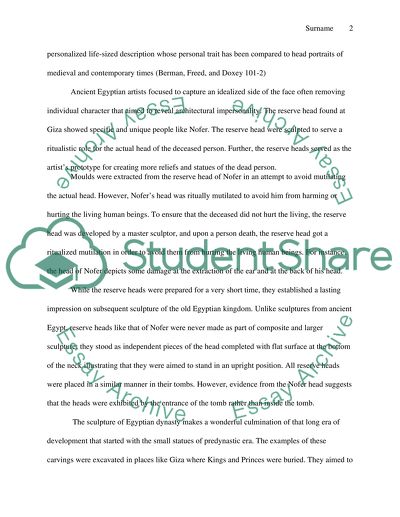Cite this document
(“ANCIENT AND MEDIEVAL ART Essay Example | Topics and Well Written Essays - 1250 words”, n.d.)
Retrieved de https://studentshare.org/literature/1609975-ancient-and-medieval-art
Retrieved de https://studentshare.org/literature/1609975-ancient-and-medieval-art
(ANCIENT AND MEDIEVAL ART Essay Example | Topics and Well Written Essays - 1250 Words)
https://studentshare.org/literature/1609975-ancient-and-medieval-art.
https://studentshare.org/literature/1609975-ancient-and-medieval-art.
“ANCIENT AND MEDIEVAL ART Essay Example | Topics and Well Written Essays - 1250 Words”, n.d. https://studentshare.org/literature/1609975-ancient-and-medieval-art.


